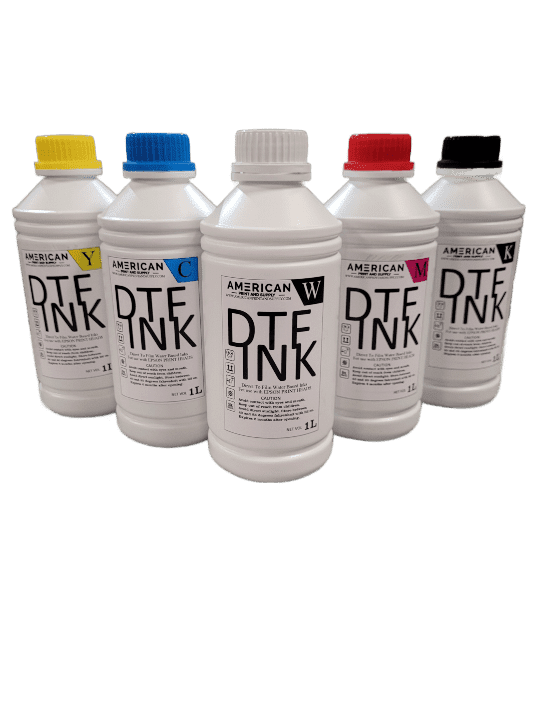[author] [author_image timthumb=’on’]https://americanprintandsupply.com/wp-content/uploads/2023/08/RSuper.jpg[/author_image] [author_info]With over a decade immersed in the realm of digital print technology, Rob Super boasts an impressive background as the owner and operator of a thriving full-scale dye sublimation cut and sew factory. An early adopter of Direct-to-Film (DTF) printing, Rob’s unwavering enthusiasm for digital print technologies sets him apart in the industry. His expertise spans the digital-analog divide, cementing his status as a true aficionado of the art.[/author_info] [/author]
The realm of digital printing has witnessed a transformative shift towards sustainable and high-quality ink solutions, with water-based inks taking center stage. Within this dynamic landscape, glycol, a multifunctional compound, has emerged as a vital ingredient that significantly influences both the positive and negative aspects of water-based inks for digital printers. In this article, we delve deeper into glycol’s role and its potential impact on the persistent challenge of print head clogging.
Understanding Glycol’s Role in Water-Based Inks
Glycol, an organic compound, plays a diverse set of roles in water-based ink formulations for digital printers, contributing to viscosity control, pigment dispersion, ink stability, and print adhesion. These attributes are crucial for achieving impeccable print quality, vibrant colors, and long-lasting output. Additionally, glycol’s humectant properties provide an essential function – it helps regulate moisture content within the ink solution, reducing the risk of ink drying out and clogging the printer heads during extended print jobs or idle periods.
Print Head Clogging: A Complex Challenge
While glycol’s moisture-retaining capabilities are advantageous for preventing print head clogs by maintaining the ink’s fluidity, they can also introduce complexities that contribute to this very challenge. Print head clogging occurs when the nozzles become obstructed, leading to inconsistencies in ink flow and, subsequently, compromised print quality. Glycol’s role in this context is two-fold:
- Slower Drying Time: Glycol’s propensity to retain moisture in the ink can extend the drying time of water-based inks. In situations where rapid drying is required, such as high-speed production environments, prolonged drying times can increase the likelihood of clogs. As the ink remains wetter for longer, it may attract dust and debris, further exacerbating the clogging issue.
- Humectant Effect: The humectant properties of glycol, which prevent the ink from drying out, can inadvertently contribute to the accumulation of residual ink and contaminants in the print heads. Over time, this can create a buildup that obstructs the nozzles and affects the precision of ink droplet deposition.
Addressing print head clogging requires a strategic approach that balances the benefits of glycol with potential challenges. Here are some strategies that manufacturers and printers can consider:
- Optimize Formulation: Fine-tuning the glycol content in ink formulations allows for a balance between moisture regulation and drying time. A careful adjustment can minimize clogging risks without compromising ink quality.
- Ink Additives: Incorporating specific additives that promote faster drying without compromising other ink properties can help counteract the potential clogging effects of glycol.
- Printer Maintenance: Implementing regular maintenance protocols that involve cleaning and flushing the print heads can mitigate clogging risks. Some printers offer automated maintenance routines designed to prevent clogs.
- Ink Testing: Rigorous testing of ink formulations under varying conditions can provide valuable insights into the potential for print head clogs. This data-driven approach can guide ink formulation decisions.
Glycol’s multifaceted role in water-based inks for digital printers underscores its significance as a double-edged sword. While it contributes to critical ink properties like moisture regulation and viscosity control, glycol’s impact on print head clogging highlights the complexities that ink manufacturers and printers must navigate. By carefully fine-tuning ink formulations, exploring additive options, and adopting rigorous maintenance practices, the industry can harness glycol’s strengths while mitigating its potential drawbacks. In doing so, the digital printing landscape can continue to evolve towards more efficient, reliable, and high-quality solutions that meet the demands of today’s dynamic market.








